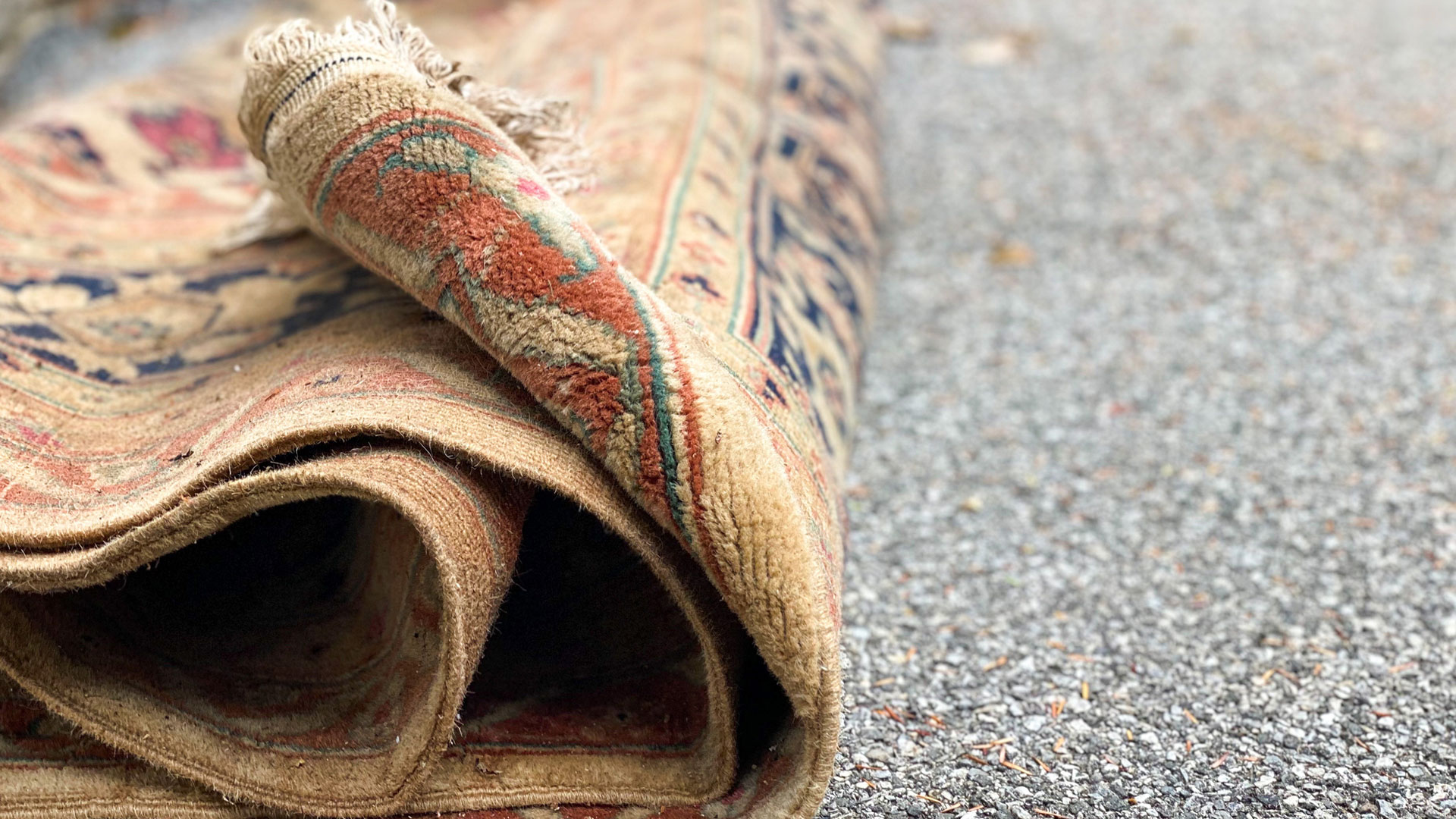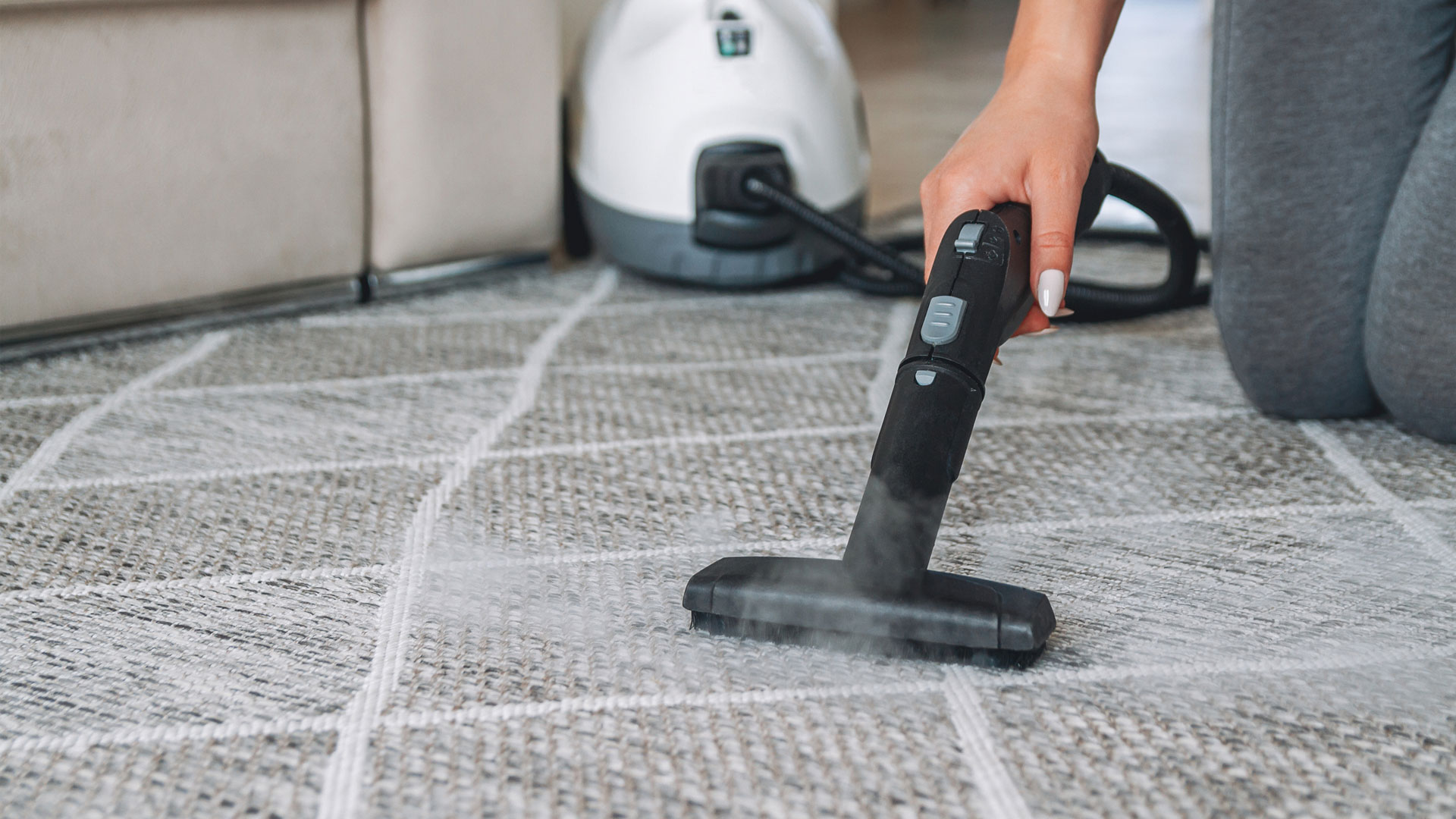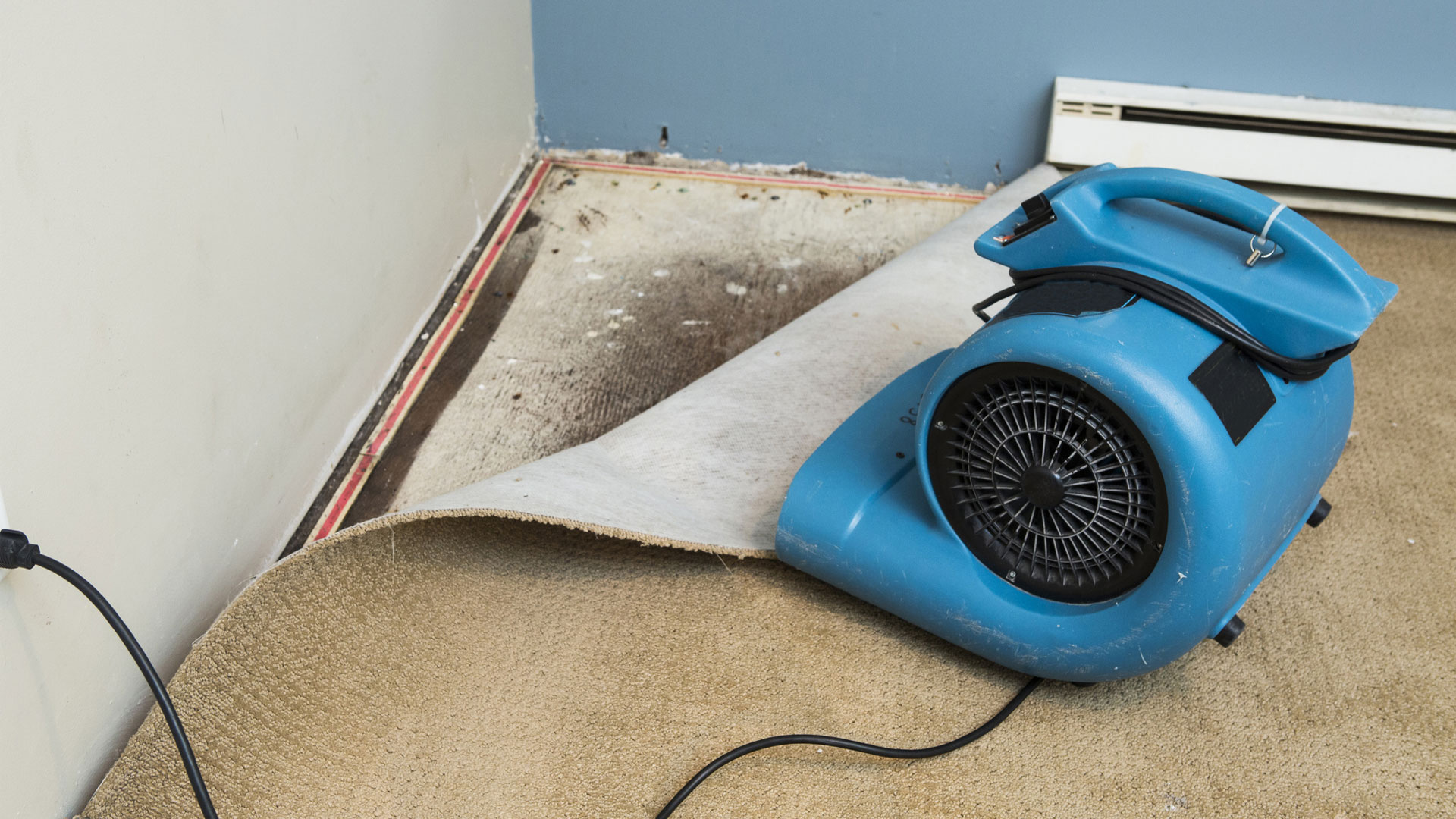How to remove carpet mold
It’s comforting to have carpet throughout your home, but it’s essential to watch for excess moisture and to know how to remove carpet mold if it occurs

While hardwood floors are always stylish, there is something so cozy about carpet. But carpet can harbor mold spores, dust mites, and other allergens, especially if there is excess moisture in your home. Here, we’ll look at how to remove carpet mold, including the best cleaning methods.
Approximately half of all flooring sold in the United States is carpet and rugs, according to the journal Building and Environment. Carpet is softer and warmer than other flooring types. It’s also great for sound reduction and is easier to stand on for longer periods of time than hard surfaces. But carpet can hold on to moisture or get wet from water leaks and floods, and mold can pop up quickly as a result.
Molds can be dangerous for your health and must be cleaned up quickly. According to the American Lung Association, indoor dampness has been shown to cause asthma attacks and other upper and lower respiratory problems, including wheezing, coughing, nasal congestion, and sneezing.
To control mold growth in your home, the most important thing is to reduce moisture levels. The best dehumidifiers are an excellent way to pull water out of the air in your home too.
How to remove carpet mold
There are many different ways that your home’s carpets can become moist. A pipe can burst in your home, or there may be a water leak or flood, which can wet carpets and create a breeding ground for molds. Carpets may also not be a great choice for humid climates, as they may hold on to moisture. But if your carpets do get damp, there are a few options for cleaning them.
A study published in the Journal of Occupational and Environmental Hygiene looked at the ways that fungi and mold can be cleaned out of wet carpet. The researchers used three cleaning methods: detergent and hot water, high-flow hot water extraction, and steam cleaning. They found that steam cleaning was the most effective, with over 99 percent efficiency in mold spore decline.

Steam cleaners can be rented at many grocery and hardware stores or purchased. You can also hire professional carpet cleaning companies that use steam cleaners. It’s a chemical-free way to clean both soft and hard surfaces in the home.
Always ensure that you are protected if cleaning areas where mold spores can be released. Wearing a mask, like an N-95 respirators, gloves, and goggles when cleaning these areas is the best safety practice.
Research has looked at the contact time for using steam vapor and its effectiveness in killing mold spores. Researchers at the Saint Louis University College for Public Health and Social Justice found that twelve seconds of steam vapor contact time on moist carpet was needed to reduce mold by more than 90 percent.
After any type of cleaning, always leave ample time for the carpet to dry completely before you use the room again or move furniture back in. Any drops of moisture can bring the mold back in.
How to get rid of mold smell in a carpet
The best way to get rid of moldy odors in your carpet and home is to watch for sources of moisture and keep the humidity down. Mold spores can enter your home on clothing, shoes, and bags, as well as through open doors, vents, and heating and air conditioning systems. When the spores drop in places with excess moisture, they grow into mold.
If you live in a humid climate or have a musty smell in your home, a dehumidifier can be used to help with mold and smells. The Centers for Disease Control and Prevention (CDC) recommends that you keep humidity levels in your home as low as you can and at no higher than 50 percent humidity.

Air should flow easily throughout your home. Use fans in your kitchen and bathroom to expel hot, moist air. Your furniture shouldn’t be placed directly against walls and other items. Allowing fresh air to flow across the carpet will ensure that any smells are whisked away.
The CDC recommends that carpets that have been soaked and can’t be dried right away should be removed. Any water leaks in your home, including roofs, windows, and pipes should be fixed as soon as possible. The longer there is a leak, the more damage there will be, including more negative health effects and more expensive remediation.
Regular cleaning of places susceptible to mold is essential. There are some places in a house where mold is more likely to develop, including in basements, attics, crawl spaces, and bathrooms. Having carpet in these areas may lead to issues.
How to get rid of carpet mold in a car
Similar to inside a home, mold can grow in the carpet in a car in humid and wet conditions. Many of us spend lots of time in our cars, so it can become kind of like another home. But drink spills and wet clothes left in the car can lead to mold and damage.
If you notice signs of mold or a musty smell in your car, it’s a good idea to visit your mechanic or car manufacturer for a check-up. Water can enter a car through a windshield leak or because of issues with the condensation drain or heater core.

Car washes now have many types of vacuums, steamers, and cleaners for you to use to give your vehicle a deep clean. Always make sure you let everything completely dry out after washing: open all the doors or windows and leave the mats out to dry. Parking your car in full sun may help speed the process.
If your car’s carpet is in particularly bad shape or there are signs of visible mold, you may want to completely replace the carpet.
Sign up for the Live Science daily newsletter now
Get the world’s most fascinating discoveries delivered straight to your inbox.
Helen Alexander is a London-based writer, who has previously held managing editor positions at a number of publishing titles, and has project-managed content hubs for a number of global brands, including Bupa, Pfizer and Siemens. Having turned freelance four years ago, she now specializes in writing about health, travel and food.











